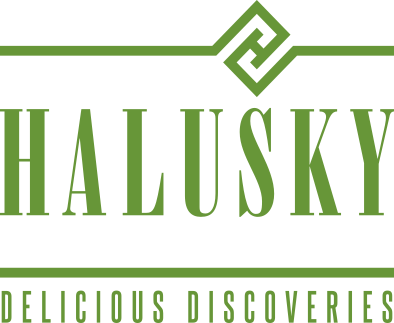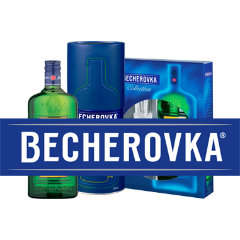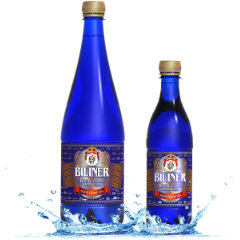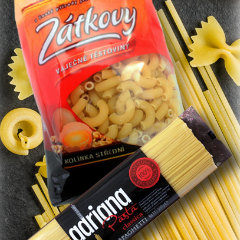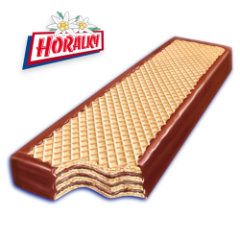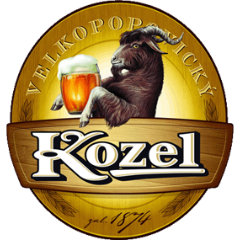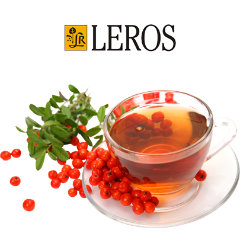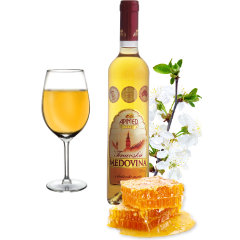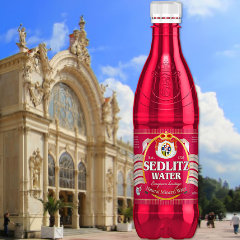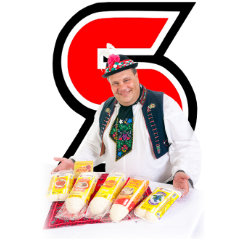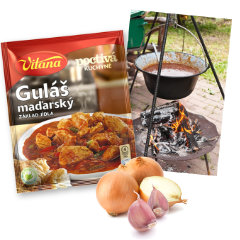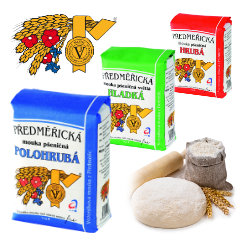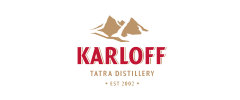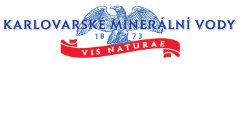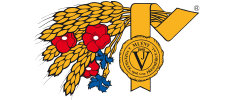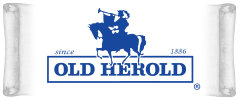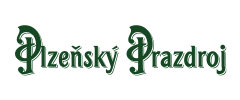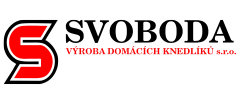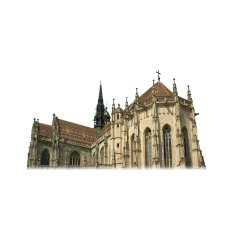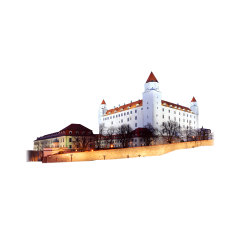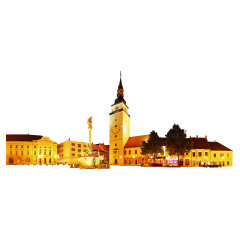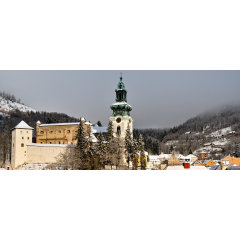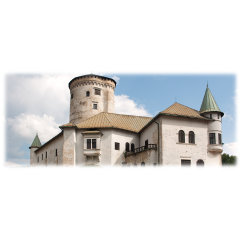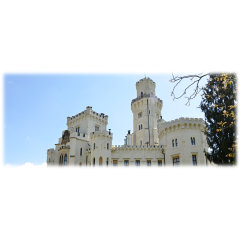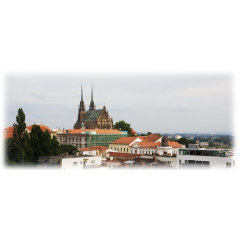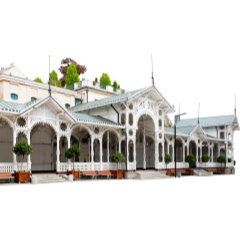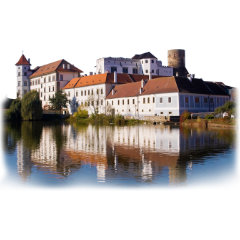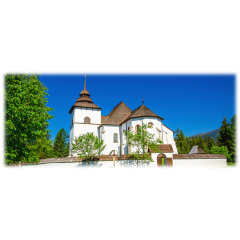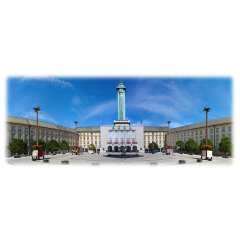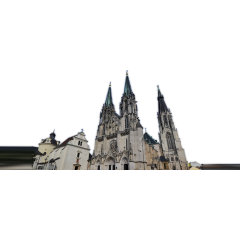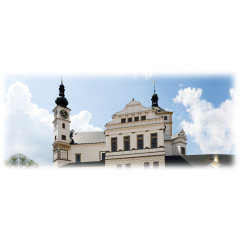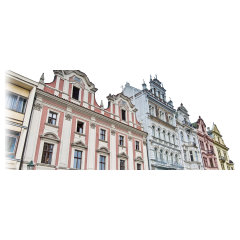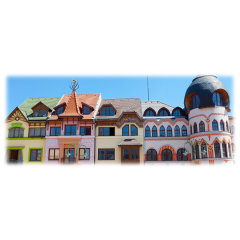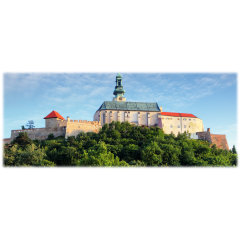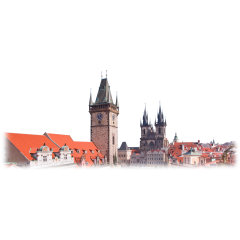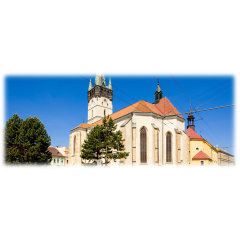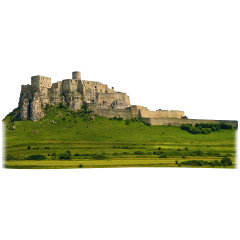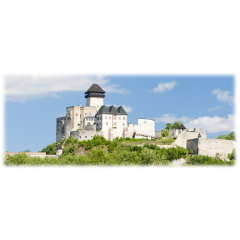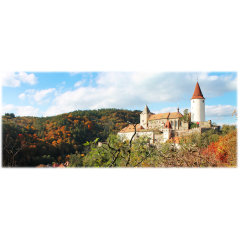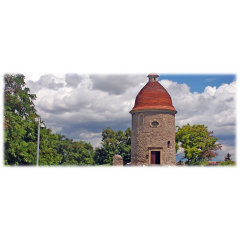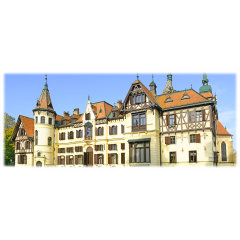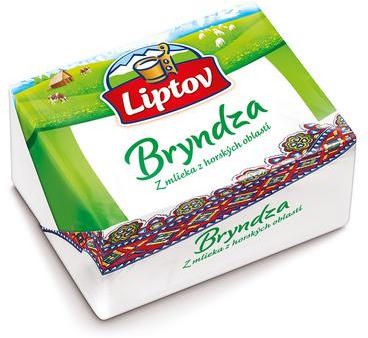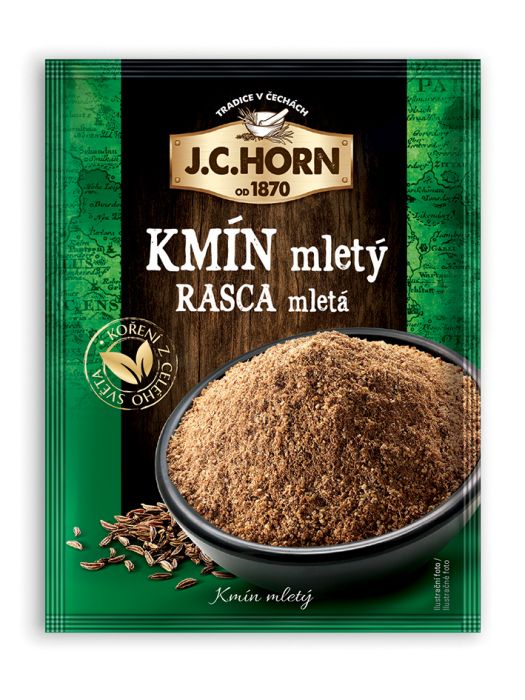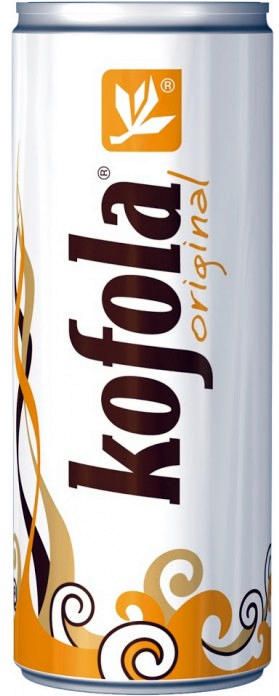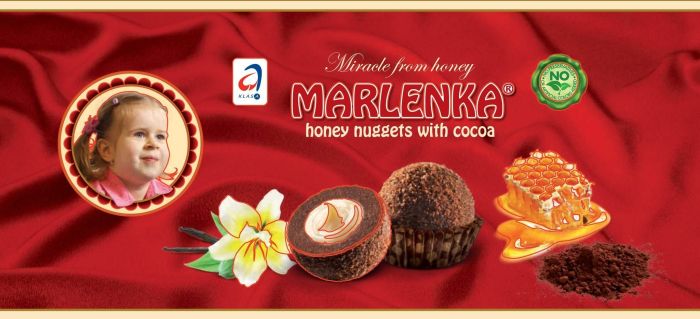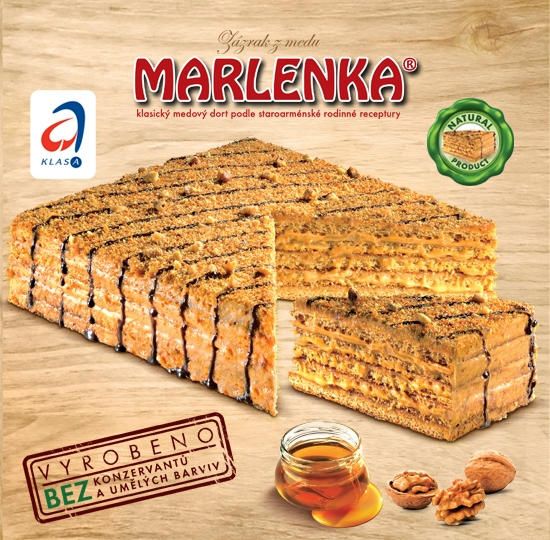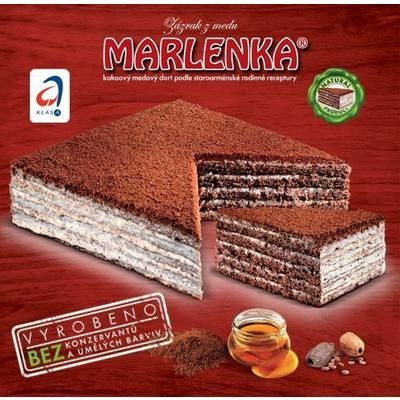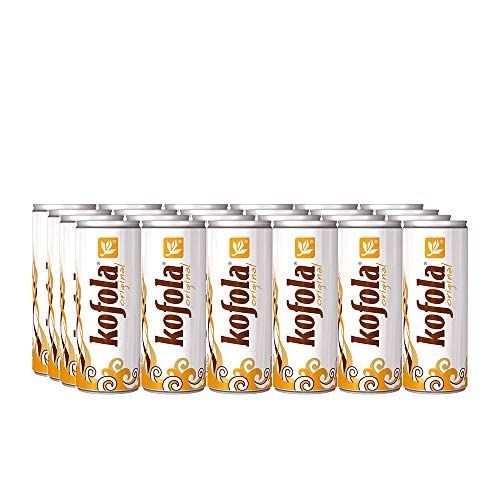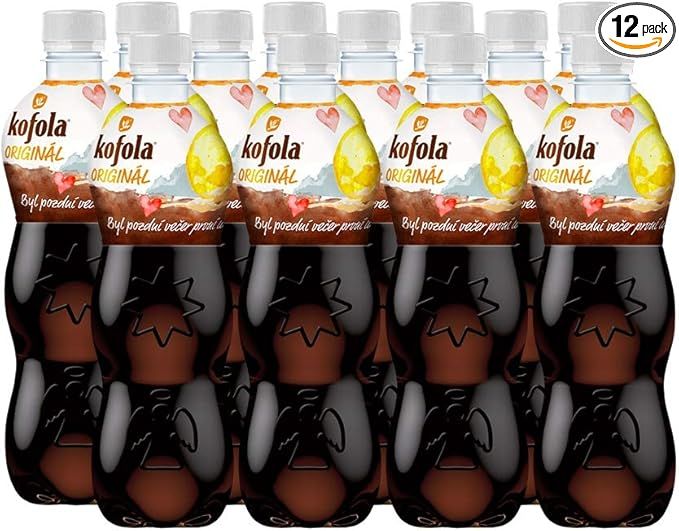Moravskoslezsky Region
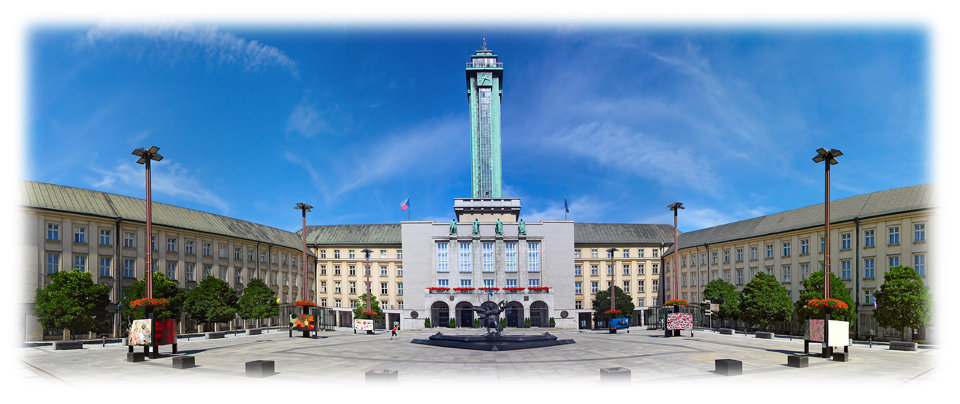
About Region
The Moravian-Silesian region is located in the most eastern part of the Czech Republic. Its position is very conveniently on the border of three countries : Austria, Poland, Slovakia, almost in the centre of the European area. Once a highly industrialized region, it was called the "Steel Heart of the Country" in the communist era. Nowadays, the economy of the region benefits from its location in the Czech/Polish/Slovak borderlands. There are three towns with protected historical centers. Příbor, the birthplace of Sigmund Freud, was an important center of education for northern Moravia from the 17th century to the first half of the 20th. Nový Jičín, founded under the castle of Starý Jičín, has a well preserved central square dating back to the 14th century. Štramberk is a unique small town nestled in a valley between lime hills, with many timber houses and the Trúba Spire rising on a hill above the town. Due to the importance of industry in the region, there are many museums displaying products of local technical development: The Automobile Museum in Kopřivnice exhibiting the history of the Tatra cars, the Train Carriage Museum in Studénka, the Mining Museum and the former Michal Mine in Ostrava, and many others. The tour routes In Mining museum include a system of underground tunnels, to which turists descend in an original mining cage equipped with an audiovisual simulator of a genuine descent into a mining pit. Brewery Radegast in Nosovice is the youngest and the most modern brewery in the Czech Republic. In the brewery Radegast beer has been made since 1970.
History
The region was colonized from the 12th century mainly by Germans in the lower localities, along rivers and near important roads.The area of mountains was colonized particularly during the Wallachian colonization in the 16th and the 17th century. Since the 17th century until now cities have been shaped and formed, with their outskirts being industrialized since the 18th and 19 century. Wallachian colonization has created a specific culture and folklore which can be found particularly in the area of Beskydy. It is represented by wooden buildings and the most important are small churches. In the next period, the original core cities have been changing into today's form. Štramberk, Novy Jičín and Příbor are due to the uniqueness of the town centres major attractions. A significant time, which has affected the direction of the region was the second half of the 18th century, when coal mining began in Landek in Petřkovice (mine Anselm). Since the first half of the 19th century the industry and the overall development of the area have been formed and it is still mostly regarded as industrial. In the 20th century, the region was affected by the Second World War, which significantly damaged parts of some of the cities, the second half-century was marked by even bigger development of industry and mining which resulted in population growth and thus in building of housing estates.
City to know about
Ostrava is the third largest city of the Czech Republic. Ostrava got its name from the river Ostravice, which divides the town into its Moravian and Silesian parts. The root of the word Ostrava, “ostrý”, means “sharply, quickly, swiftly flowing river“. The first evidence of human settlement in the region on which today's city lies goes back to the Stone Age. Approximately 25,000 years ago, mammoth hunters had an encampment at the top of Landek Hill, which has been evidenced by numerous archaeological finds. Archaeologists have found evidence that prehistoric hunters used coal from exposed seams on the surface as fuel. It is the first evidence of the use of black coal in the world. Town lies at the confluence of the rivers Oder and Ostravice.
The first mention of the castle and the village of Ostrava comes from 1229. In 1362, King and Emperor Charles IV awarded the town the right to hold a 16-day annual market. The privilege meant greater prestige for Ostrava, thanks to which the town on the left bank of the Ostravice River was able to become a significant spot on the map for 14th century medieval market stall holders.The huge economic development occurred after the discovery of coal in 1763 and the founding of Vítkovice ironworks in 1828. In the last century, Ostrava was conceived as a steel heart of the Czechoslovak Republic . The Golden Spike is an annual athletic event that has been held since 1961 at the Municipal Stadium in Ostrava-Vítkovice. A number of world records have been broken at this event. Recently, the races have been included into the prestigious IAAF Super Grand Prix category.
Nature
The Moravian-Silesian region is in the west, east and partly in the south bordered with mountains ranges. The most beautiful and the most valuable natural mountains are Hrubý Jeseník and Moravian-Silean Beskydy with the highest peaks Praděd and Lysá. Among them is an extremely varied region with the most beautiful areas called Poodří with swamp forests, wetlands and ponds. Climate of the Moravian-Silesian region is the same as throughout the central and western Europe – mild with four typical seasons. The temperature in the summer can reach up to tropical values above 30 °C, in the winter it often falls below - 10 °C. The mountains are heavily forested, with many spectacular places and famous spas such as Karlova Studánka and Jeseník and are therefore very popular with tourists.
